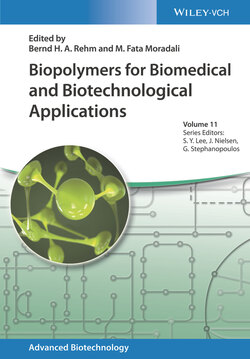Читать книгу Biopolymers for Biomedical and Biotechnological Applications - Группа авторов - Страница 44
2.6.2.3 Anticoagulant and Antithrombotic Activity
ОглавлениеCoagulation factors are essential elements in blood coagulation as they stop blood flow through an injured vessel wall. Anticoagulants interfere with the coagulation factors and are used for therapeutic treatments, for example, in hemophilic patients [197]. The most commonly used anticoagulant/antithrombotic compound, heparin, can cause several unwanted side effects [198]; thus many studies focused on the anticoagulant properties of bioactive molecules, including algal polysaccharides. The anticoagulant activity of macroalgal polysaccharides such as carrageenan and fucoidan has already been reported [197,198]. However, little is known for microalgal polysaccharides, even though the anticoagulant activity seems to be directly related to high sulfate content of the polysaccharides, which is often a characteristic of microalgal EPS [191]. Despite the high content in sulfate, Cochlodinium polykrikoides did not have anticoagulant activity [48], which indicates that other factors might be involved in the anticoagulant effect of polysaccharides, namely, the sugar composition, branching pattern, position, and distribution of sulfate groups [187,191]. Nevertheless, calcium spirulan had a significant anticoagulant effect based on specific enhancement of thrombin inhibition by heparin cofactor II [61].
